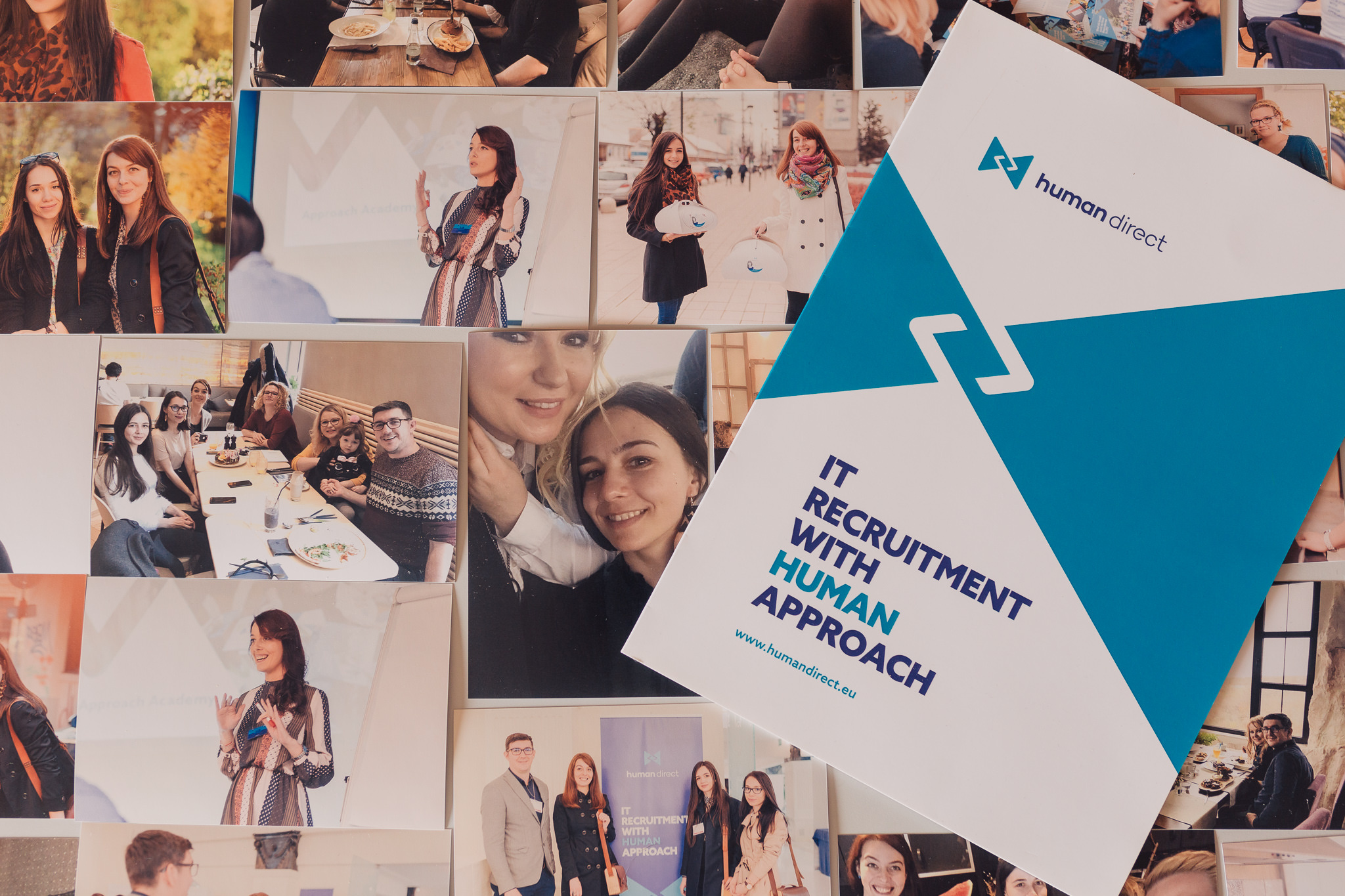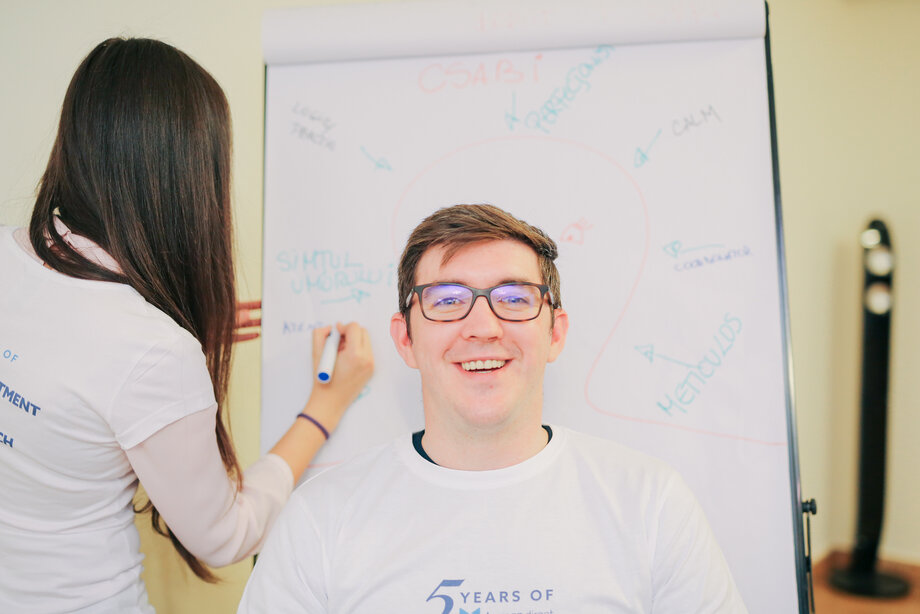
Simply put, when you want a candidate to be a great fit, you are looking for more than ticking the requirements in the job description. You will need to adapt your search to the changes in your product and team, account for new traits needed or a status quo that needs to be kept and decide on what you can compromise.
Even if it's the same position that has been open before, the profile you are looking for might be slightly or consistently different from the previous hire.
If it’s the first time you hire in IT or if you aren’t directly involved in a recruitment process, you might be inclined to believe it’s simple: make a job description, advertise it and hire the best candidate from the ones that come to an interview. This might work great the first time, and maybe even the second time, and you will see results. But you will hit a point when using this recipe won’t be enough to get the candidates you want.
And while the above is an oversimplification of an IT recruitment process, we leave it like this because we will focus on one of the reasons why you will reach a dead-end - the profile.

Not to be confounded with the job description, you can think of the profile as a persona used in marketing or design. It represents a close version of real people, describing their traits, interests, aspirations or concerns based on the requirements of the role you want to close. Addressing your audience with this persona in mind gives more structure to your discourse and advertising posts, and guides your sourcing process towards candidates with higher chances of responding and manifesting interest.
But the key is to regularly revisit this profile you create, especially when using it to hire again for the same position.
It’s tempting to let automatization take over the recruitment process, rely on AI-powered searches matching keywords in job descriptions with LinkedIn profiles because you save time and can work on improving the interview process or think about a new strategy or anything else. But to have good results, every time you hire for the position, check the status of the two things below:
I. The road map of the project
The challenges that you will be facing shape the skills that are required. Is it a business problem you’re trying to solve or more of a technical milestone? In the first case, maybe you should look for candidates who have had client interaction or an industry background as opposed to the other case when a better fit would be an architect or someone purely tech-oriented.

It’s also important to take into consideration if the project is starting or entering the maintenance phase, as these require different soft skills - when you need to kickstart the work, candidates who are highly energetic and results-oriented will handle the challenges better. If the next step is maintenance and support, you might look for slower-paced candidates who feel more comfortable doing routine tasks.
Our advice is to calibrate your profile by creating a list with the key responsibilities of the position and assigning each of them a short description of a trait.
Example
- Rewrite the entire interface of the application - excellent technical skills
- Contribute by presenting technical proposals and supporting them in front of the client - assertiveness and over the average communication skills
II. The team
Many questions can guide you here.
- Is your team in the forming phase?
- Do they need an informal leader?
- What’s the overall level of seniority?
- Can the team compensate for a lack of technical skills that can be learnt?
- Is there an already made team culture that the new candidate will have to integrate into?

The first reason why people don’t leave their workplace is people. Connections, attachments, the sense of shared identity and common goals acts like a glue that hardens in the toughest times and keeps the team moving forward. It’s also the reason why onboarding has such a huge impact on candidates passing the probation period. If they feel safe, appreciated and seen, they can concentrate on the work needed to be done and doing it at their best.
When creating the profile, try to understand the dynamic of the team, how easy is it to form connections and how important? If the team needs people who have to work great together, you will be searching for candidates that have these skills and are easy to integrate. If you find a most extraordinary gifted developer with immense technical knowledge and he lacks social skills, your Hiring Manager might hire him disregarding the social aptitudes which in turn might ruin the team’s flow and in the long run it can fall apart.

Our advice is to observe the team that needs a new member, talk with the people there and make sure you feel what is like to work with those people. Assess the importance of social relations and how much compromise can be done so that when you will interview candidates, you will have some dimensions that can tell you more about how they will fit.
We are used to seeing the recruitment process as a moving organism: it reacts to the feedback from outside (team, people) and its behaviour cannot be considered outside its environment (technical challenges, opportunities). Be sure to customize your recruitment strategy, modify job descriptions, create new ones, add or lose steps in the process to mould the profile you need.

Introducing the developer’s
console.
Sign up to our newsletter and you will receive periodic updates of new blog posts, contests, events and job opportunities.
